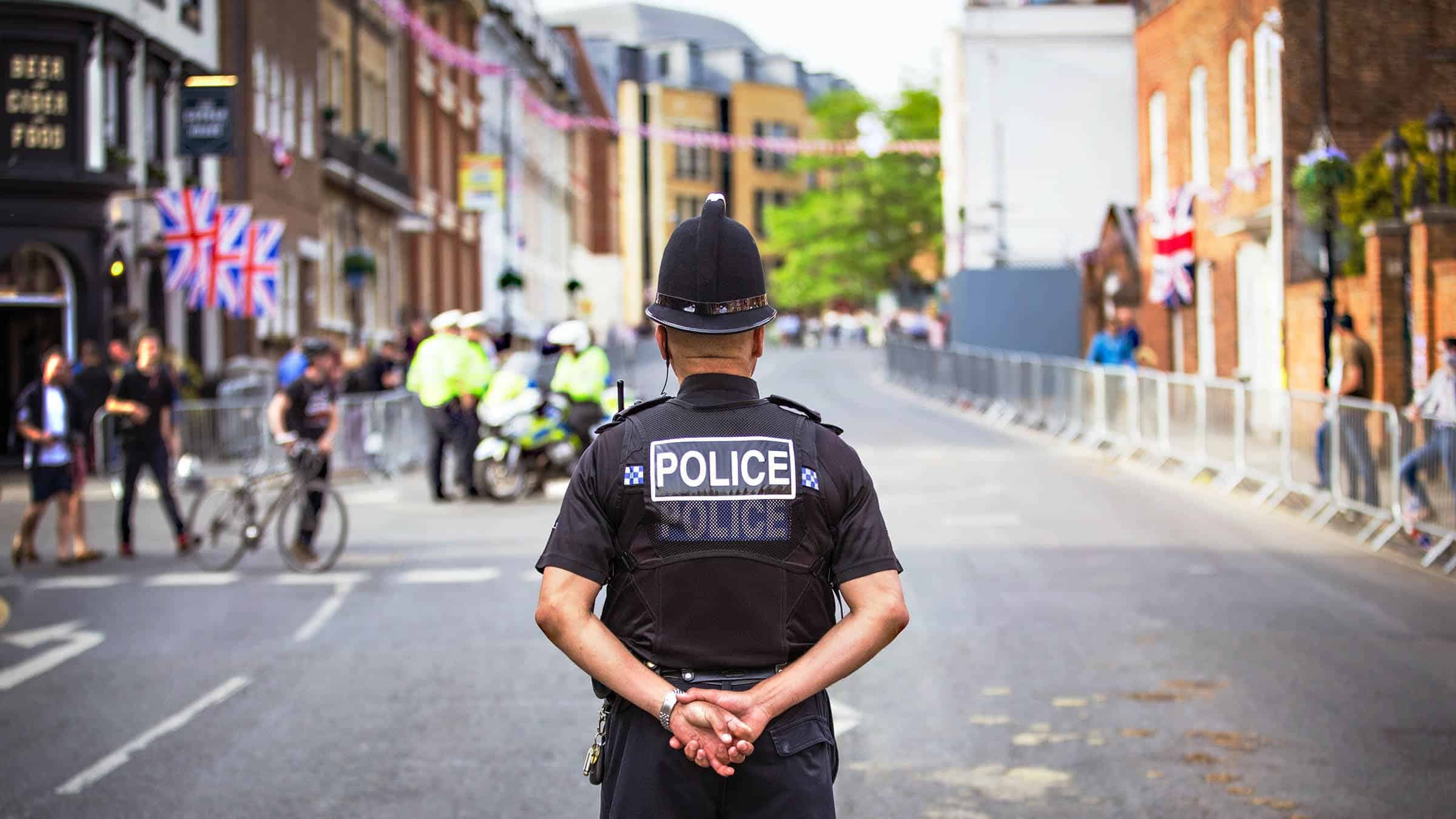Racism, misogyny & homophobia: Here’s what the Met Police report tells us

Baroness of Blackstock and member of the House of Lords, Louise Casey, released a report Tuesday 21st of March on the Metropolitan police. The investigation was commissioned by the Met following the abduction and murder of Sarah Everard by one of their officers in 2021.
In the findings that span 363 pages, Casey details an extensive list of disturbing stories that have been historically covered up or downplayed. The Baroness revealed that the Met is suffering a collapse in public trust as evidence surfaces that they are institutionally racist, misogynistic, and homophobic. In the wake of the news, we’ve compiled the key takeaways from Casey’s report, and what should now be done to improve the police force.
Institutional racism has not improved since 1999
The 1999 Macpherson report followed the Stephen Lawrence case, when a Black British teenager was murdered in a racially motivated attack while waiting for a bus in southeast London. Three decades on, Casey found that the Met was “yet to free itself” from failing to give an appropriate service to minority groups in society because of their skin colour, culture, or ethnicity.
“Public consent is broken. The Met has become unanchored from the Peelian principle of policing by consent set out when it was established,” the report states. Casey adds that: “Clearly not everyone in the Met is racist, but there are racists and people with racist attitudes within the organisation. Racism and racial bias are reinforced within Met systems.”
On the Met workplace, she explains that “Black and ethnic minority officers and staff experience racism at work and it is routinely ignored, dismissed, or not spoken about. Many do not think it is worth reporting.” The Met has been found to “under-protect and over-police Black Londoners”, resulting in a “generational mistrust of the police among Black Londoners.”
Homophobia has been allowed to fall under the radar within the force
Institutional racism is not the only issue ingrained in the force, as there is an attitude of “deep-seated homophobia” in the organisation. 30% of LGBTQIA+ employees have revealed that they had been bullied, as one in five had personally experienced homophobia, according to a survey conducted.
One story details how a gay female officer was requested by a male colleague to “warm” his “balls” because they “were cold” during a night shift. Her superior told her it was “banter” when she reported the incident, and added that it “wasn’t the worst thing in the world”.
A gay male officer recounts a similar experience, where he was harassed by colleagues regarding his sex life, continuously asking “are you a giver or a taker” in briefings or around the police station. Casey found the trust, confidence, and fairness scores amongst LGBTQIA+ Londoners had fallen dramatically when asked about their faith in the Met.
Workplace ‘banter’ has gotten out of control fuelling a culture of bullying
Bullying culture is rife amongst employees of the Met. Frontline officers revealed they felt demoralised and let down by their superiors as discrimination was “baked into the system”.
“Time and time again, those complaining are not believed or supported. They are treated badly, or face counter-claims from those they have accused,” Casey says in her report. “In the absence of vigilance towards those who intend to abuse the office of constable, predatory and unacceptable behaviour has been allowed to flourish. There are too many places for people to hide. The integrity of the organisation remains vulnerable to threat.”
Sexual assaults have been ignored or downplayed
12% of women said that they had been harassed or attacked in the workplace, with one-third of women experiencing first-hand sexism. A catalogue within the report includes a harrowing account of frequent abuses by senior officers, with one female junior experiencing harassment and an indecent act.
The woman complained to her superiors and later told the inquiry: “It would have probably been better to suffer in silence, but I couldn’t do that. He got away with everything, I was made to look like the liar.”
The public has significantly lost trust in the police
The Baroness revealed that the report shows how “public consent is broken”. In a survey conducted as part of the report, only 50% expressed confidence in the Met, which was before some of their worst findings were even released.
Past leadership is at the forefront of the blame, says Casey, adding that: “Public respect has fallen to a low point. Londoners who do not have confidence in the Met outnumber those who do, and these measures have been lower amongst black Londoners for years.”
Minority communities face excessive use of power
Stop and search and use of powerful force against black people was unnecessarily excessive, the report said. The Met has stopped more people per head of minority than any other force.
Within the workplace itself, behaviour was no more acceptable. One Muslim officer had bacon stuffed in his boots, a Sikh officer had his beard cut and an investigation found that officers of an ethnic minority were significantly more likely to be disciplined or be forced to take leave from work. The Met has also been exposed for remaining disproportionately white.
The Met’s improvements must be made before the public lose trust entirely
Casey concludes that a number of improvements must be made by the Met before it faces collapse. Internally, these include a reformed misconduct process, embedding and enforcing the highest ethical values, changing the vetting process with immediate effect, and providing a Commissioner with new powers. For the safety of women and girls, Casey advises the institution to radically reform and re-specialise the Public Protection Teams whilst creating an overarching strategy for the children of London.
To build back trust with Londoners, the principles of the force must first be entirely reformed. There must be a step-by-step process to apologise for past failings to Londoners and then reset the use of stop and search. There will be a structure put in place for Londoners to oversee and scrutinise the changes needed as the Met remains entirely transparent.
There will be a progress review after two years, and another in five years.

